Peafowl, scientifically known as Pavo cristatus, are one of the most beautiful and colorful bird species. They are majestic and captivating birds that have long been admired for their beauty and grace. With their vibrant and iridescent plumage, peafowl are truly a sight to behold. In this article, we will delve into the fascinating world of peafowl, exploring their appearance, behavior, habitat, and cultural significance.
Peafowl video
Peafowl images
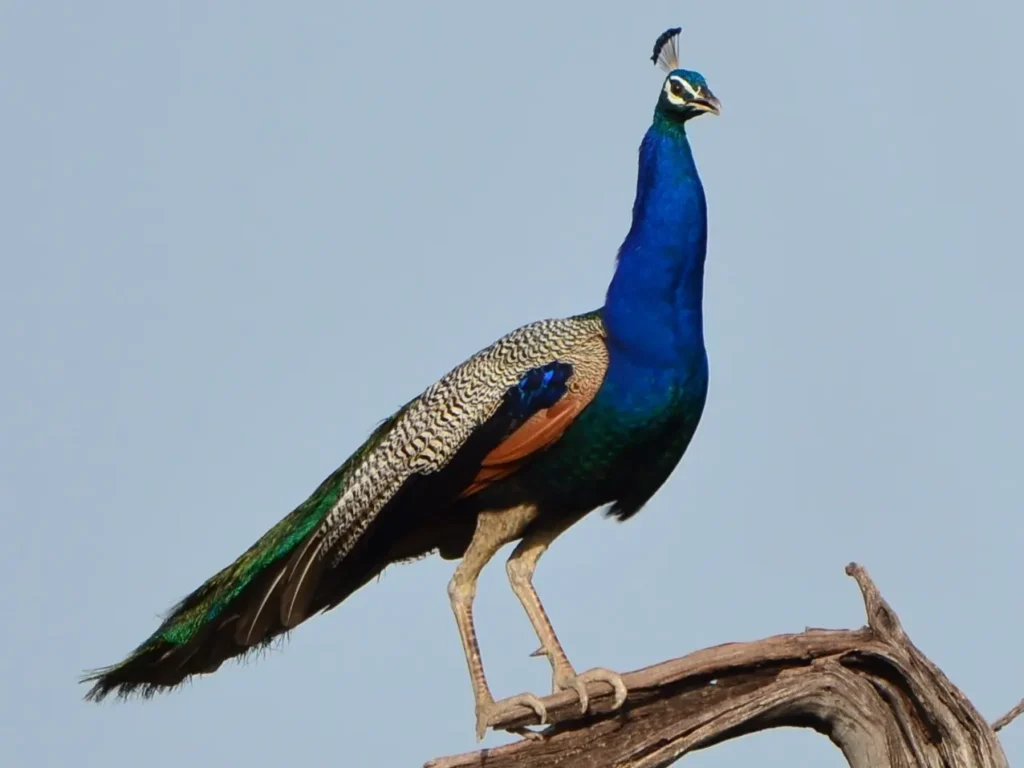
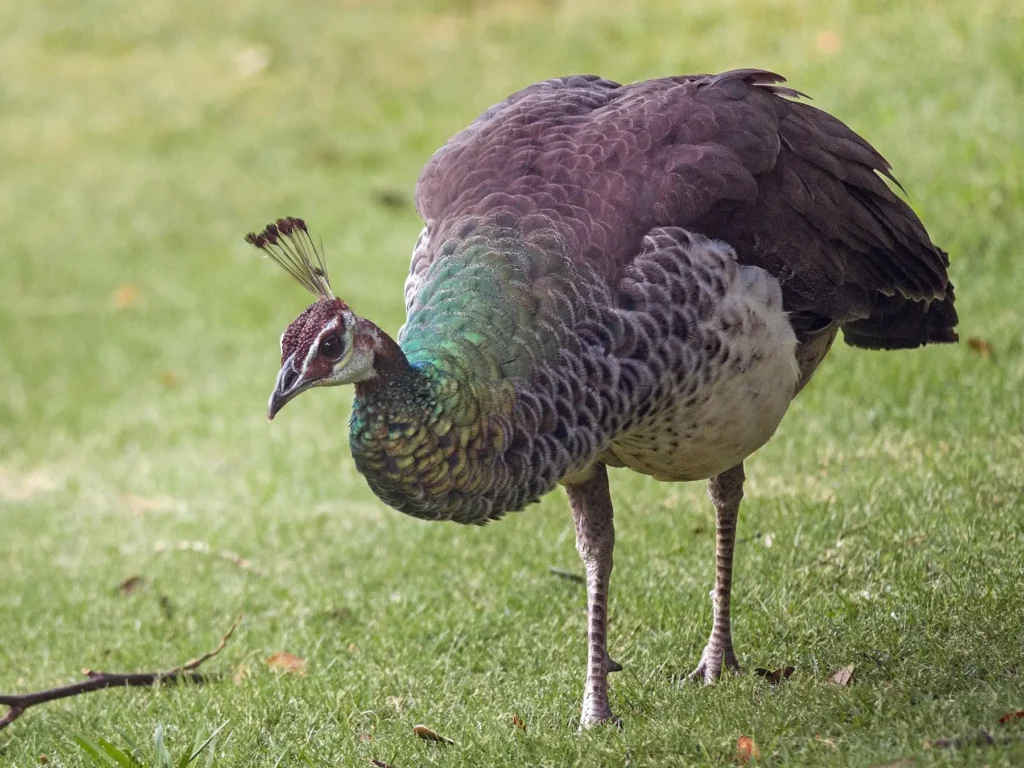
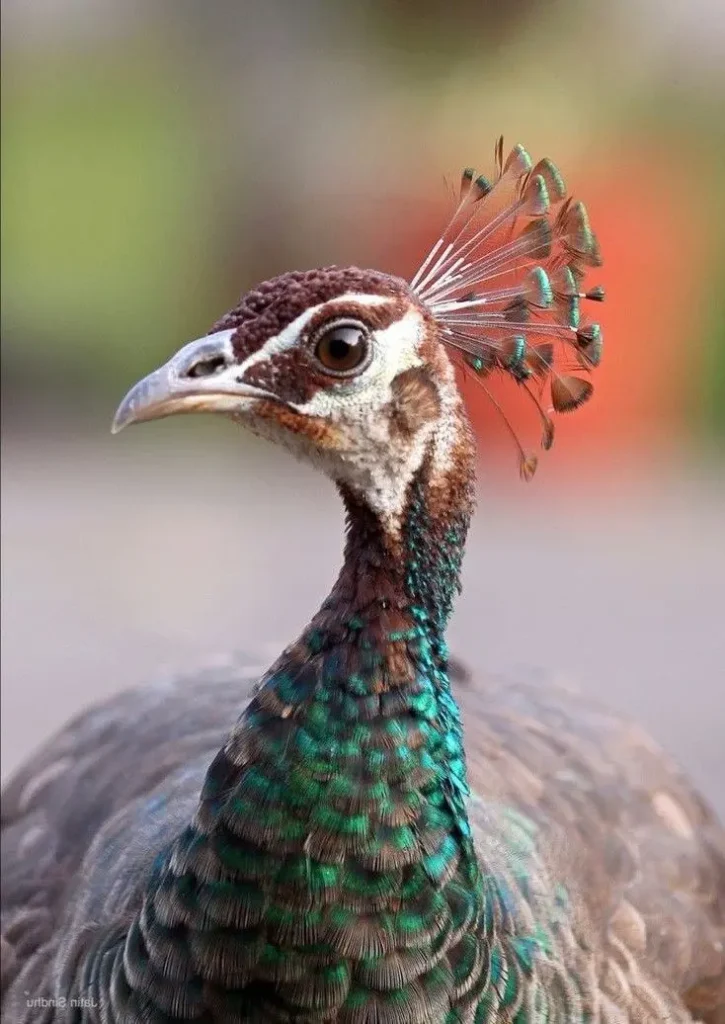
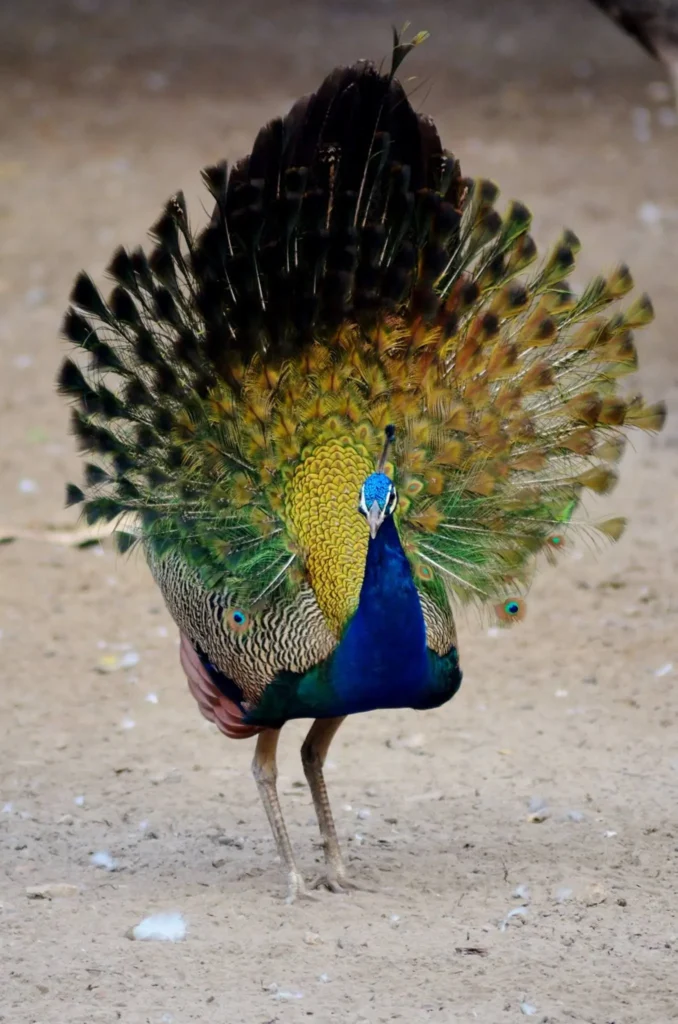
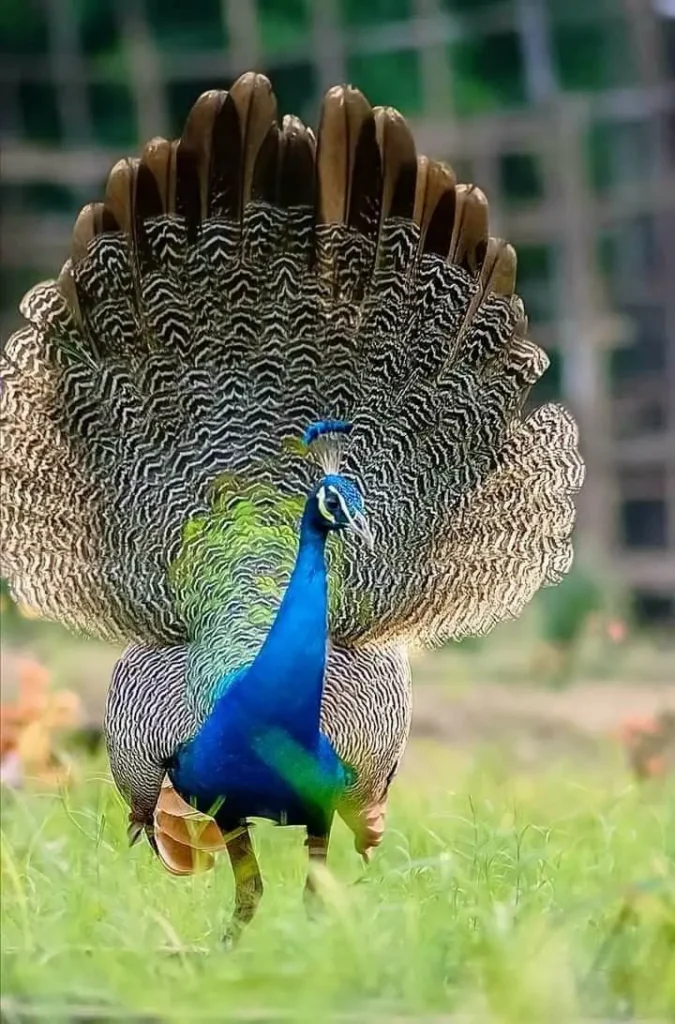
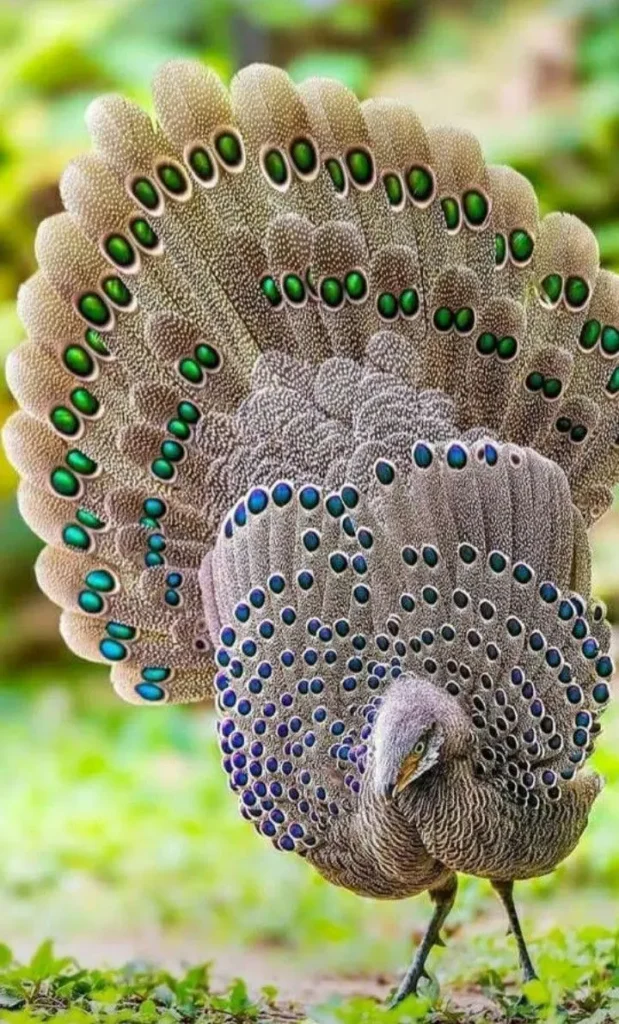
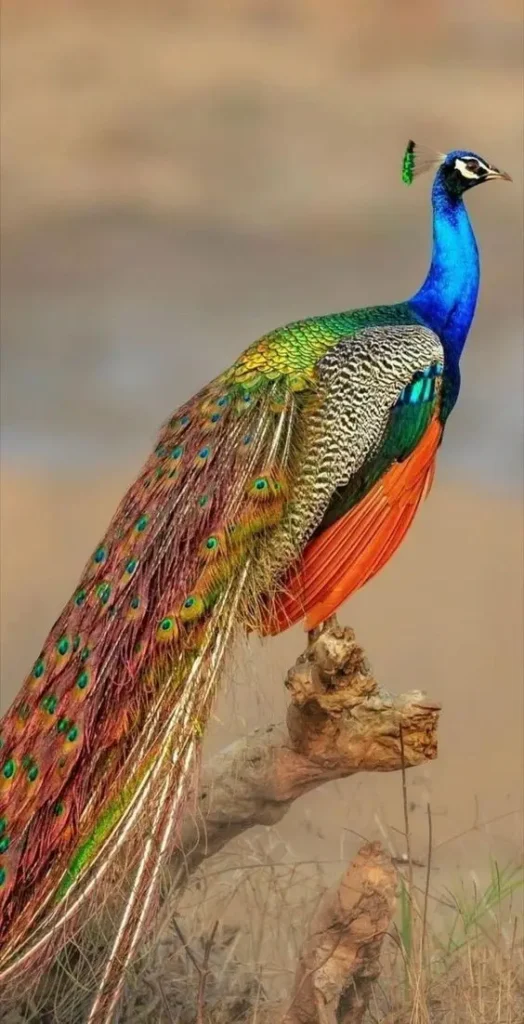
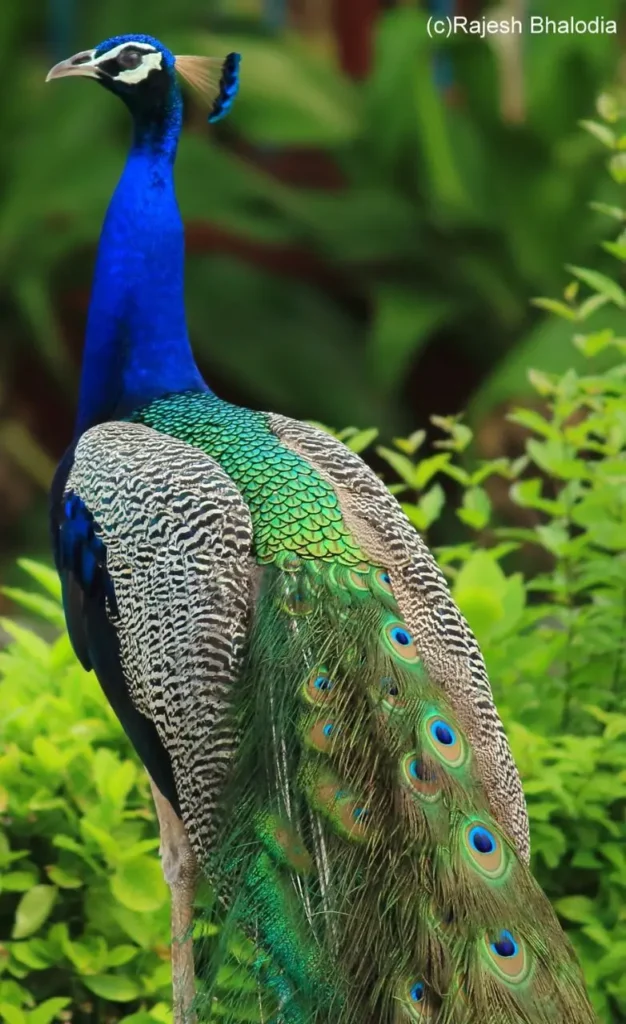
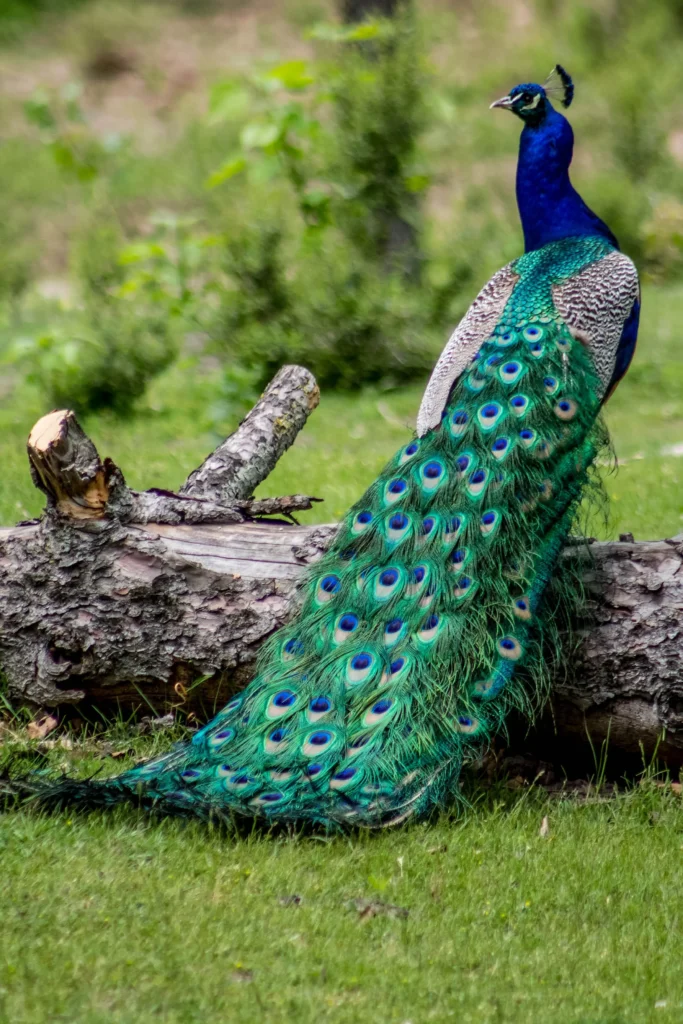
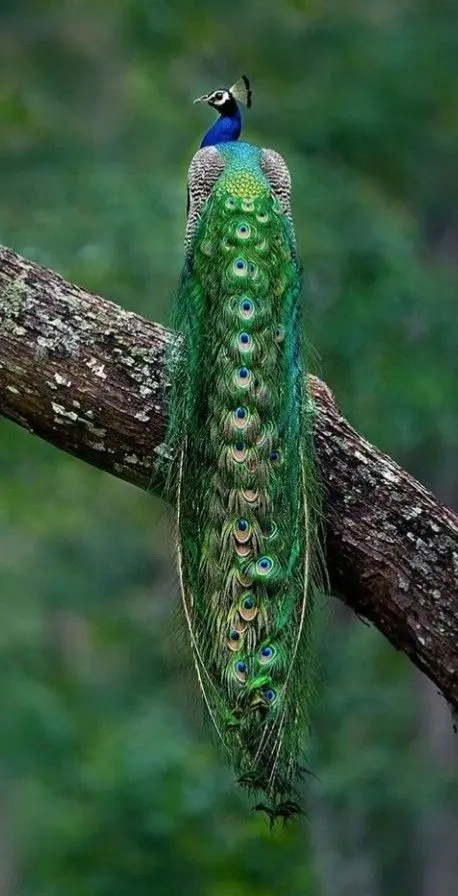
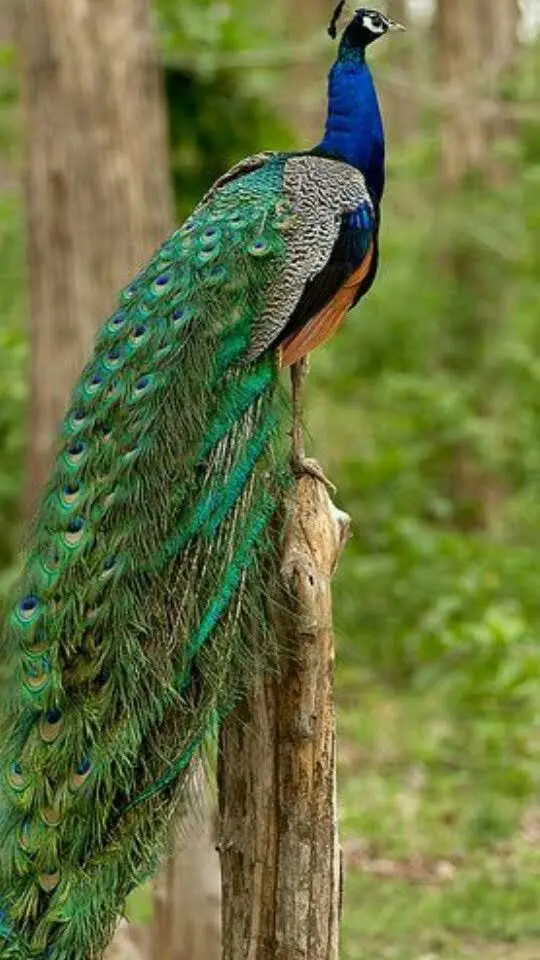
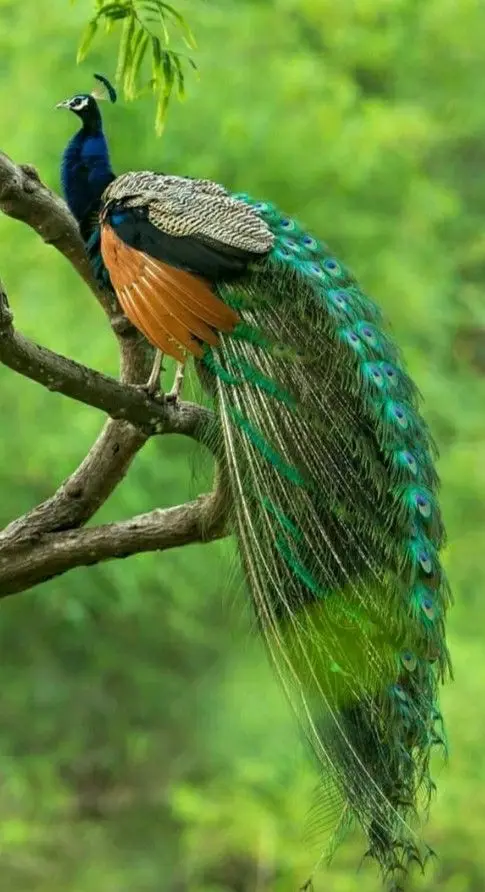
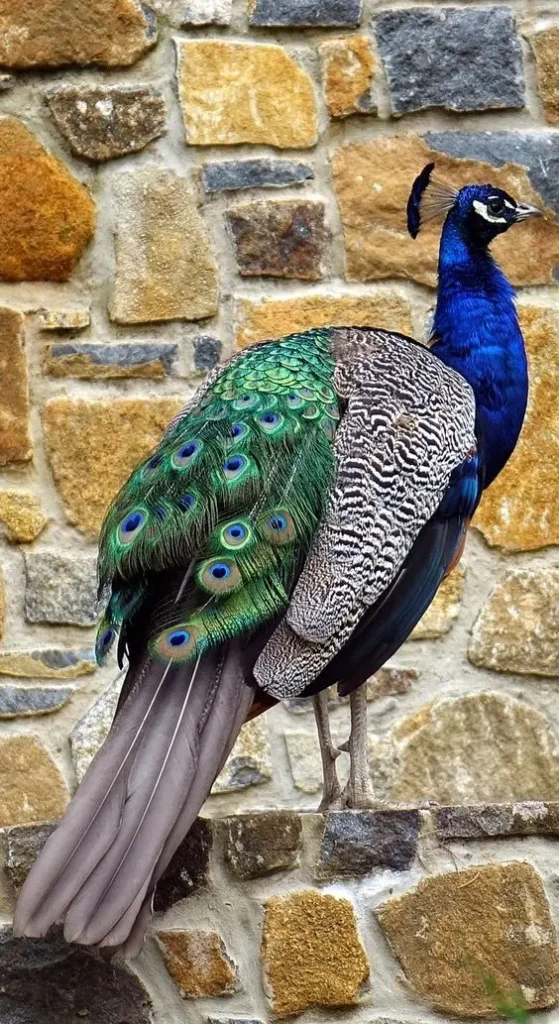
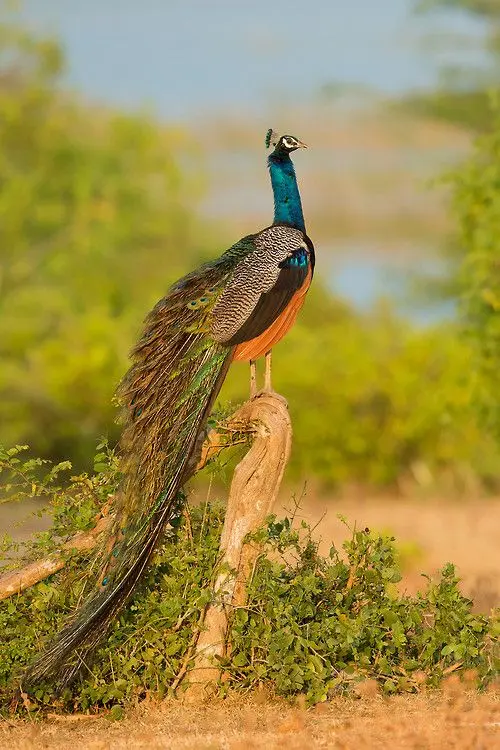
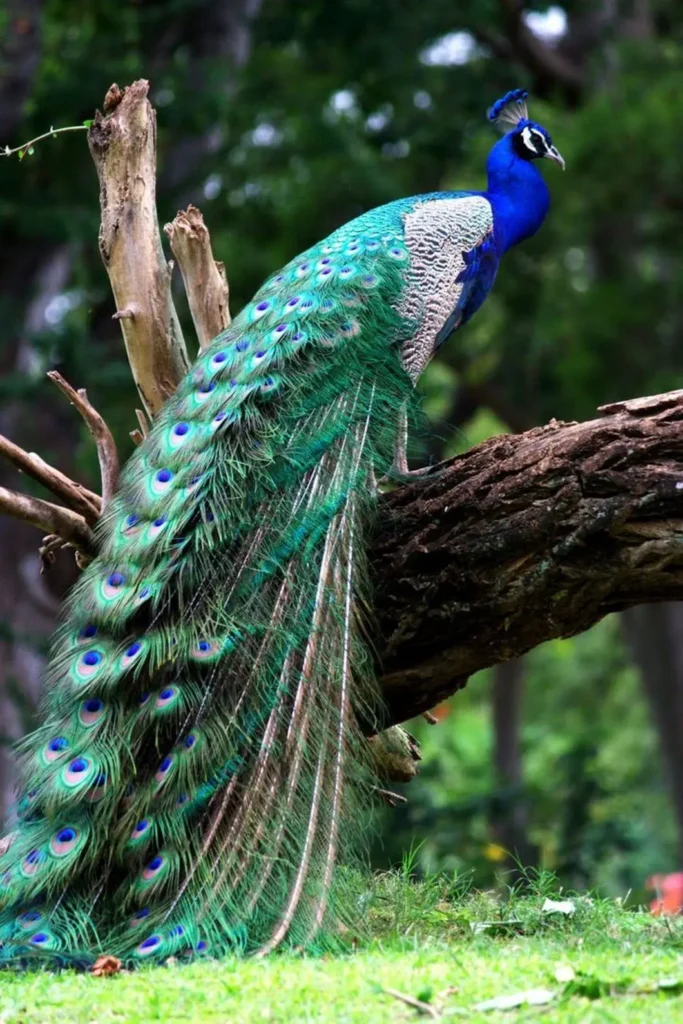
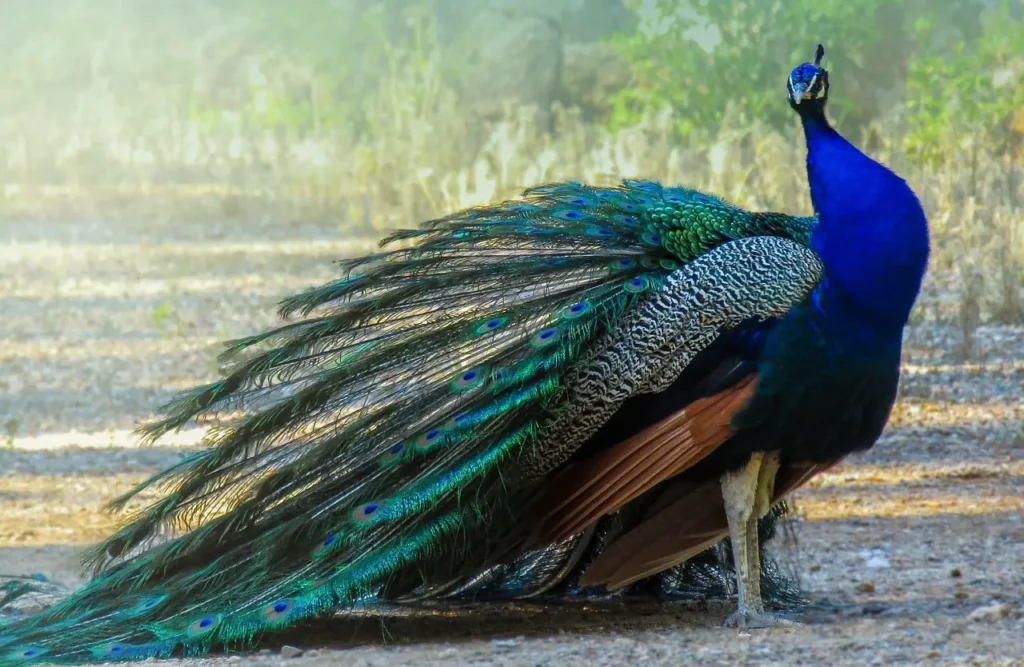
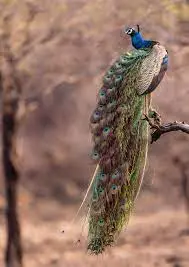
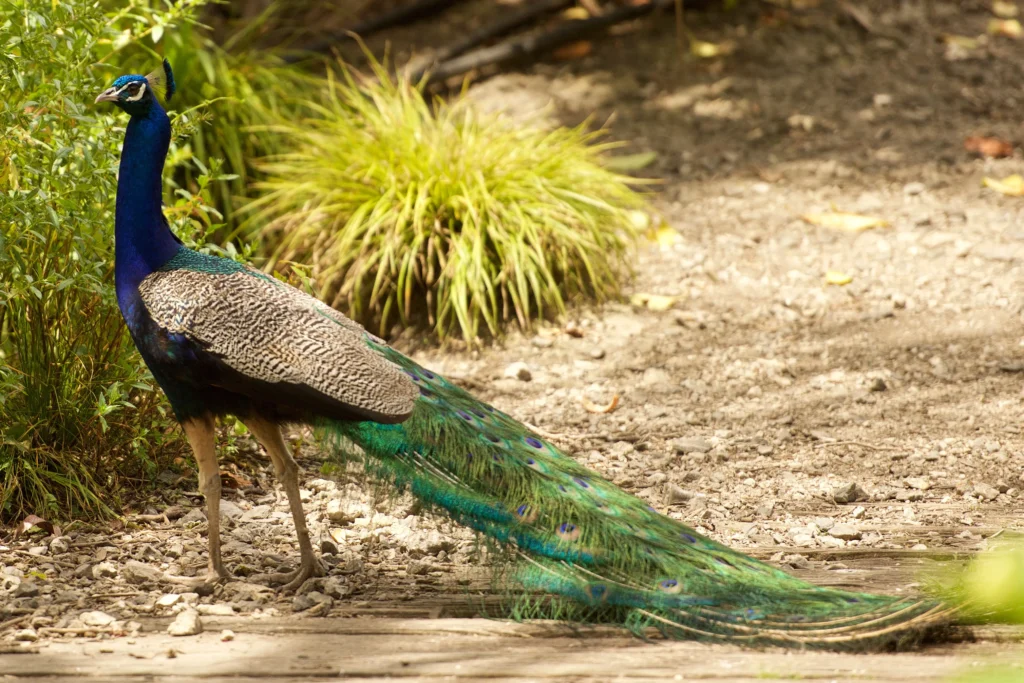
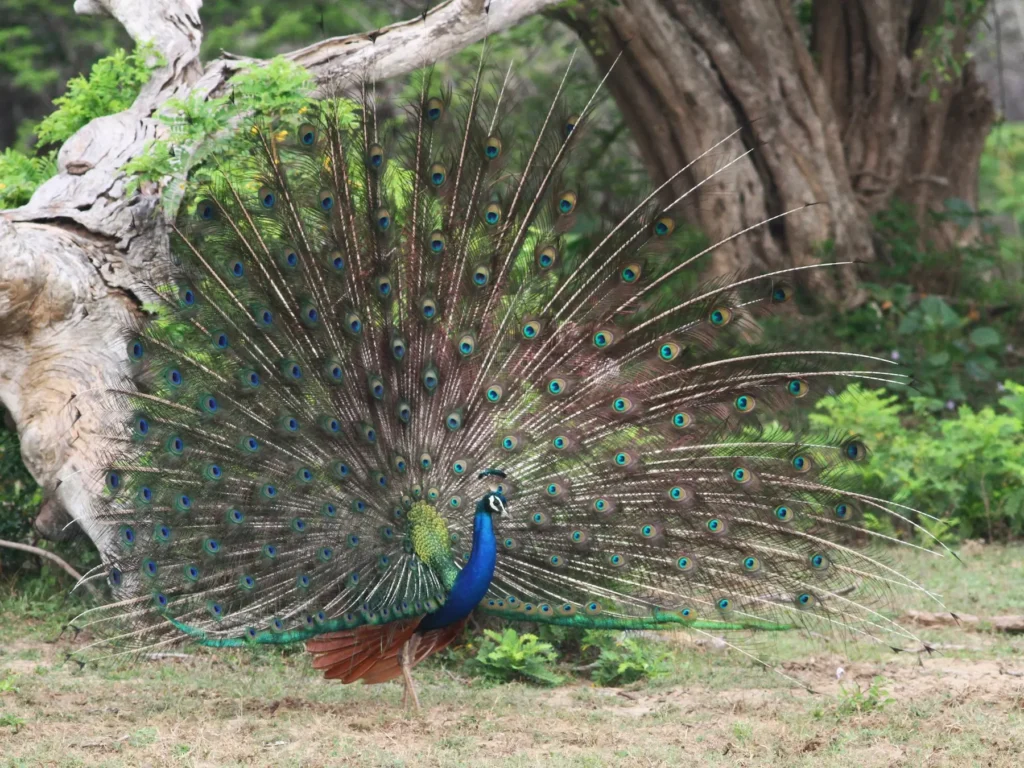
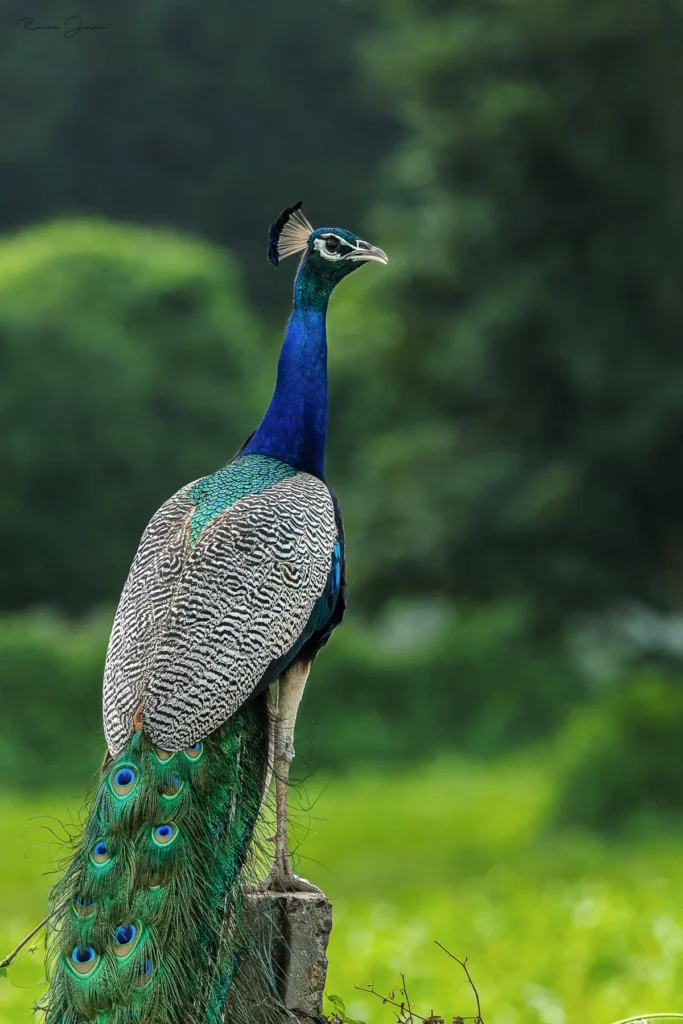
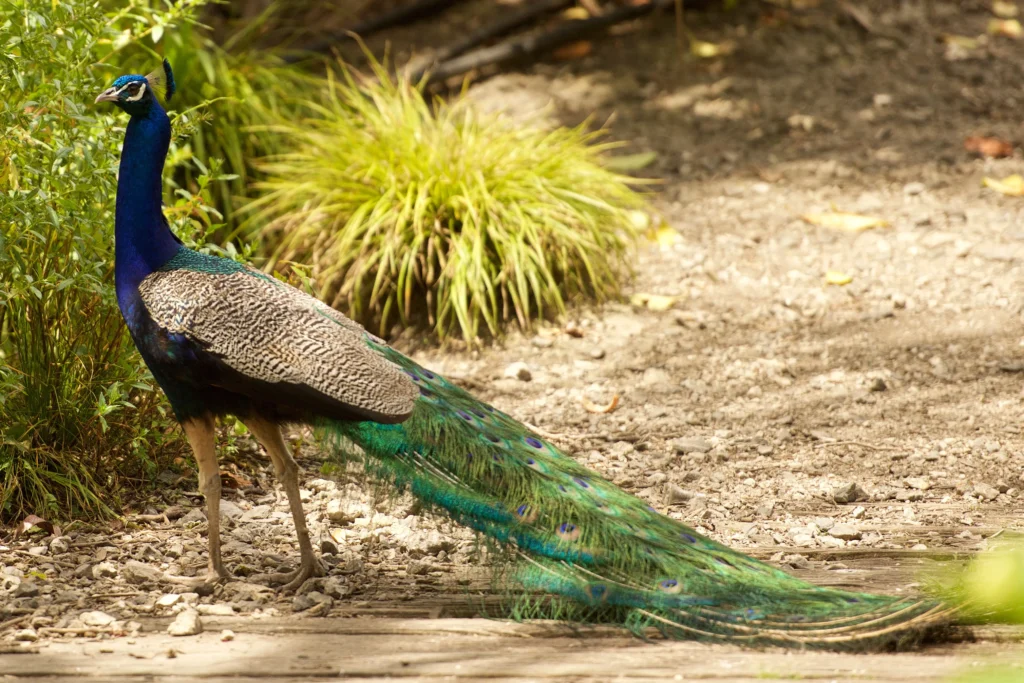
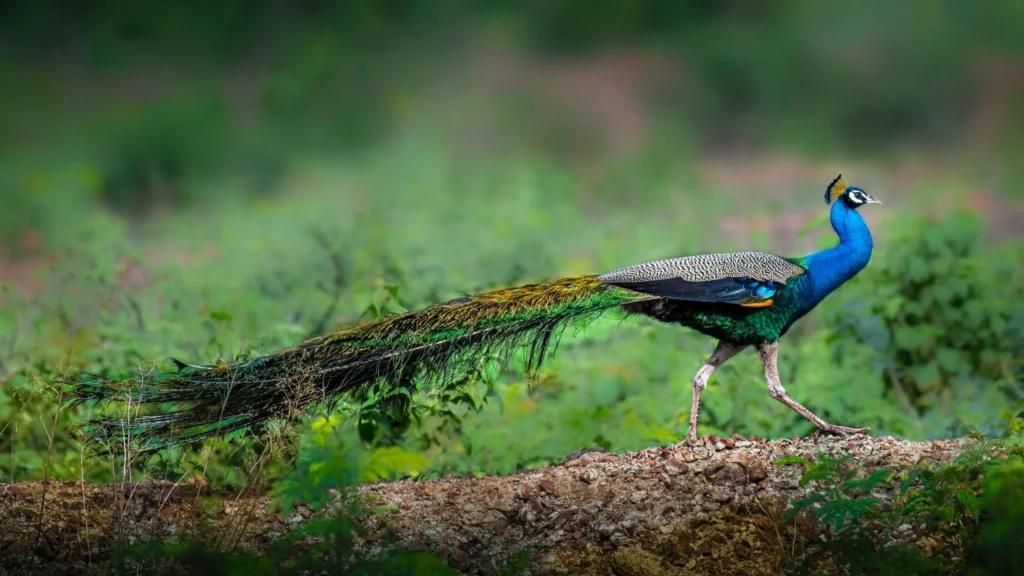
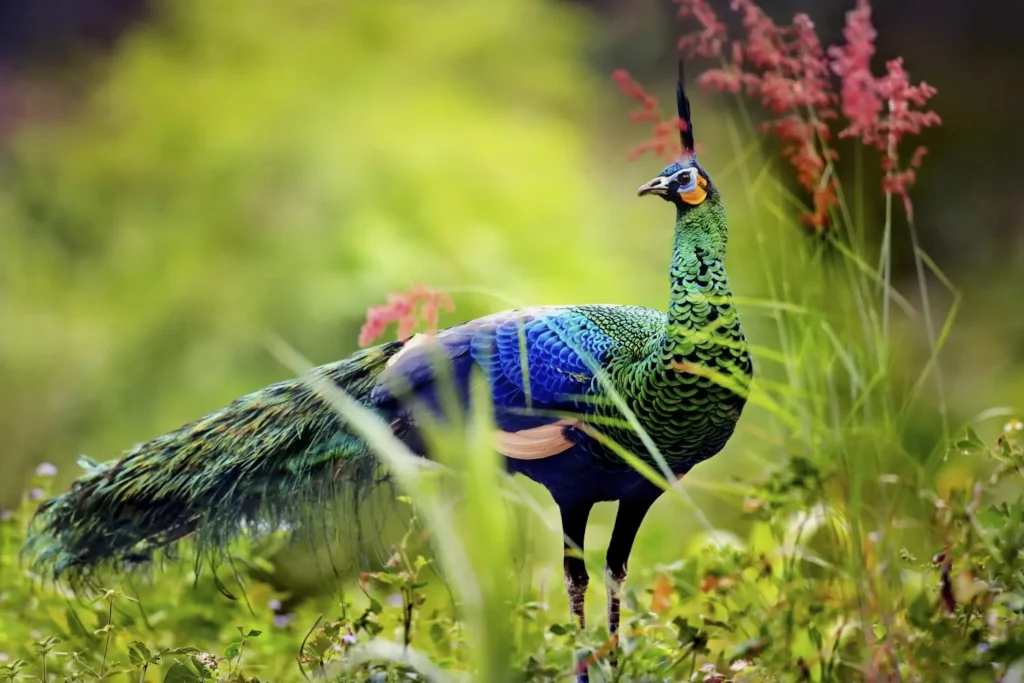
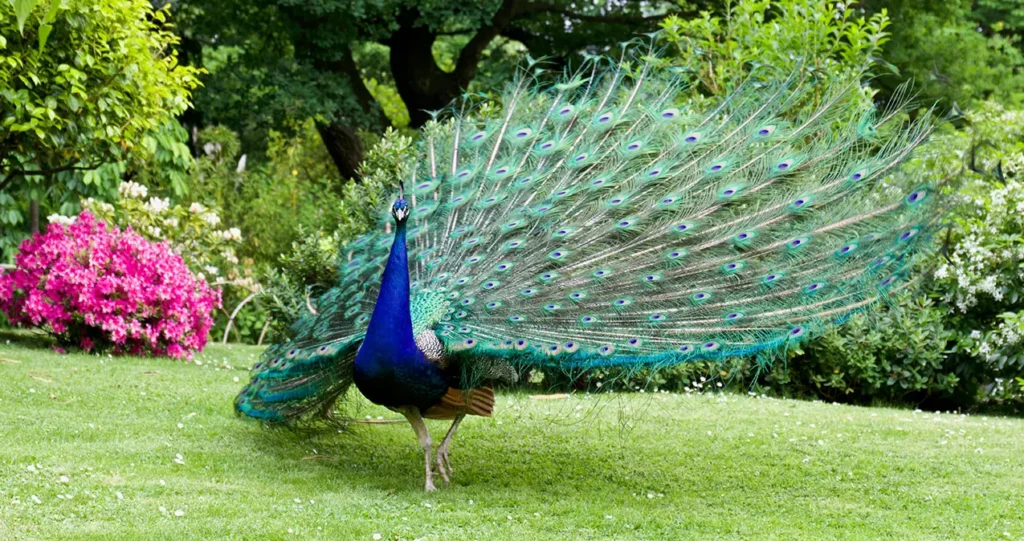
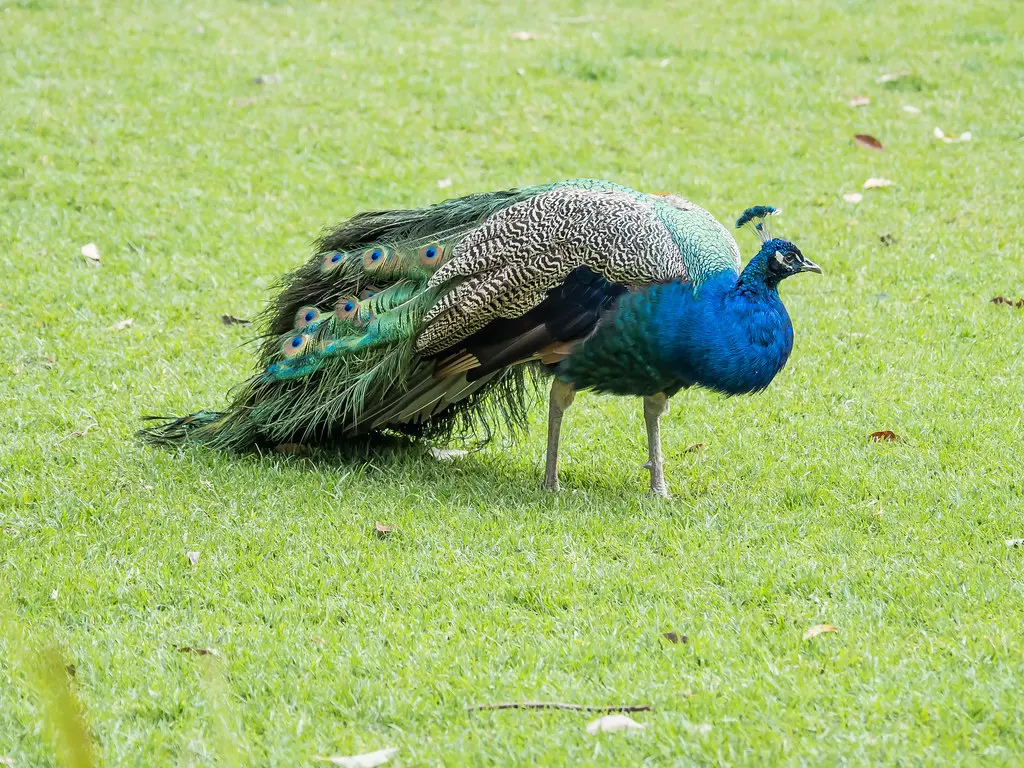
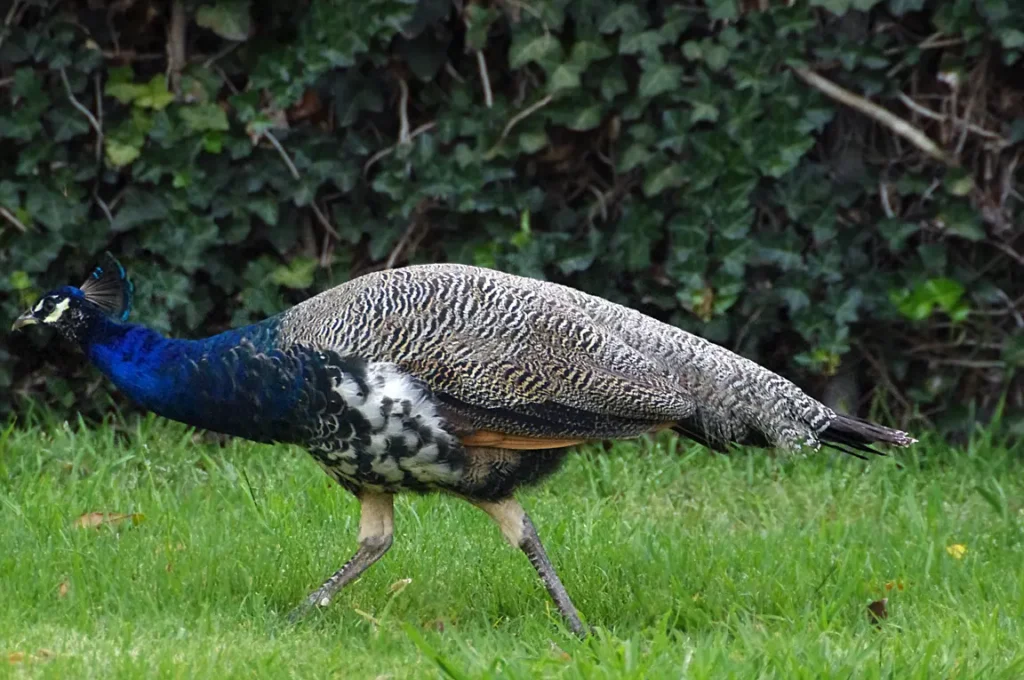
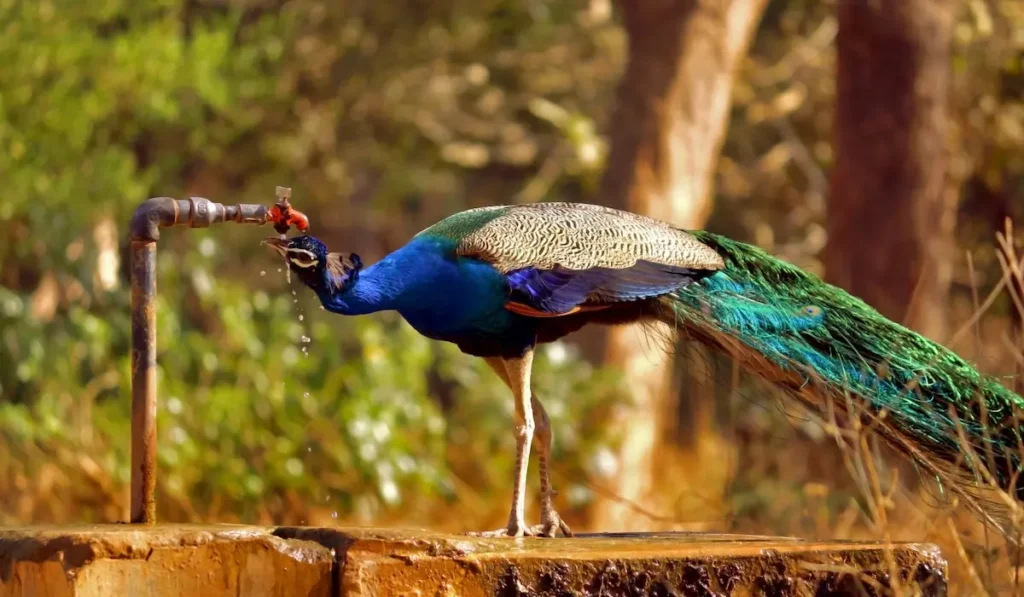
Facts about Peafowl
Peafowl are native to South Asia, specifically India, Sri Lanka, and surrounding areas. They belong to the pheasant family, Phasianidae, and are renowned for their extravagant tails, which consist of elongated feathers called “train.” The train feathers are adorned with eye-spots that create a stunning display when the peafowl fans out its tail during courtship rituals.
Male peafowl, known as peacocks, are the ones that showcase the extravagant plumage. Their vibrant blue-green plumage is complemented by a long and elaborate train, which can reach up to five feet in length. The train feathers are marked with eye-catching patterns and shimmer with brilliant hues of blue, green, and gold. During courtship, peacocks use their impressive train displays to attract females, showcasing their genetic fitness and reproductive potential.
On the other hand, female peafowl, known as peahens, have a more subdued appearance. They possess a mottled brown plumage that serves as excellent camouflage in their natural habitats. While not as flamboyant as the males, peahens play a crucial role in selecting mates based on the quality of the males’ displays.
Peafowl are generally omnivorous, feeding on a variety of food sources. They consume seeds, fruits, insects, small reptiles, and even small mammals. Their diet may vary depending on their natural habitat and seasonal availability of food.
These magnificent birds are known for their distinctive calls. Peacocks emit a loud and piercing cry, often referred to as a “scream” or “meow,” which can be heard from a considerable distance. Peahens, on the other hand, produce softer and more subtle vocalizations.
In addition to their natural beauty and behaviors, peafowl hold significant cultural and symbolic value. They have been revered and depicted in various ancient civilizations, including Indian, Persian, and Greek cultures. In many societies, peafowl are associated with beauty, pride, and immortality, symbolizing elegance and splendor.
Conservation efforts are crucial to ensure the survival of peafowl populations. Loss of habitat due to deforestation, hunting, and illegal trade pose significant threats to their numbers. Several organizations and conservation initiatives work tirelessly to protect and preserve peafowl and their natural habitats, promoting awareness and sustainable practices.
In conclusion, peafowl are truly remarkable creatures, enchanting us with their breathtaking beauty, intricate displays, and rich cultural significance. As we continue to appreciate and admire these magnificent birds, it is essential that we also strive to protect and conserve their habitats, ensuring the continued existence of these living works of art.